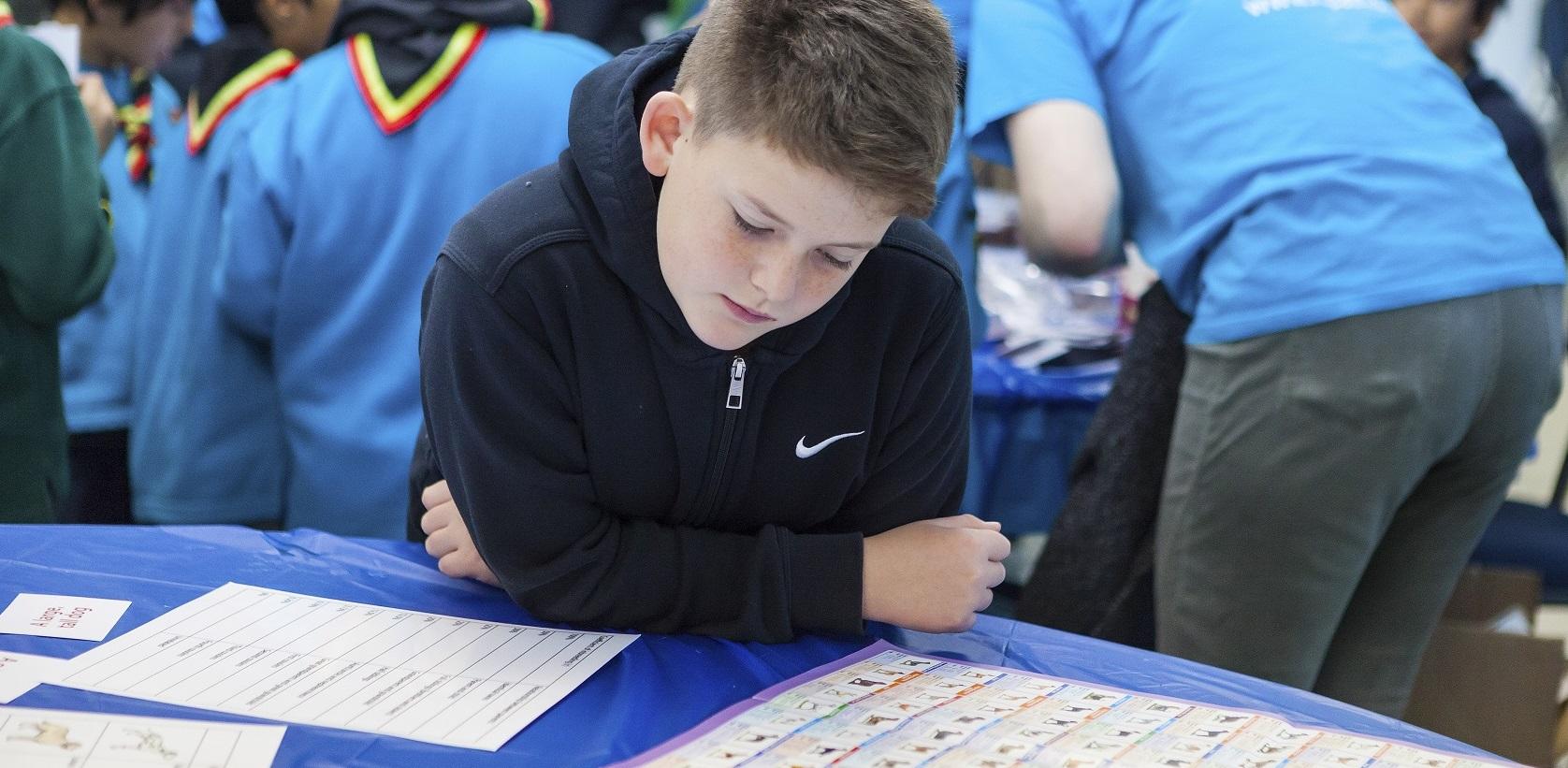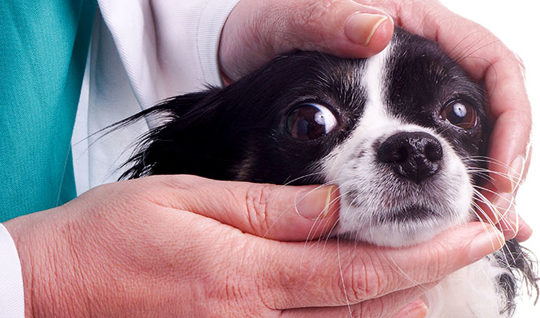Veterinary pathology
Veterinary pathology is the diagnosis and treatment of disease in animals. Veterinary pathology is divided into two sub-specialties – veterinary anatomic pathology which is concerned with post-mortem examinations and histopathology, and veterinary clinical pathology which includes the disciplines of clinical biochemistry, haematology and cytology.
Use our resources below to explore the subject of veterinary pathology with children and families.
Activity – Paws for thought
Our favourite dog breeds look like they do because of their genetics. When dogs are bred it is important to think about their health as well as how they might look. This requires breeders to be knowledgeable, experienced and understanding. They need to know the genetics and background (pedigree) of the dogs to be bred to make sure that health conditions do not get passed on to the next generation.

Veterinary pathologists can help determine the genetics, but can also diagnose conditions such as problems with how the hip joint forms, to ensure these dogs do not enter a breeding programme. This interactive activity uses the genetics of dog breeding to highlight the potential health effects of inbreeding and includes an optional discussion activity on factors to consider when choosing a pet.
Type of activity – Interactive game and discussion
Target audiences – School students aged seven and over, families
Pathology link – This activity focuses on veterinary pathology and genetics.
Activity resources
Download our presentation
Our presentation helps to explain the role of vetinary pathologists, and what they do on a typical day.
Share the video
'Dependence' is a short film produced by the University College Dublin and The National Film School IADT Science, and directed by Shane Andrew Kelly. It demonstrates the important role veterinary pathologists play in the study and treatment of disease in animals, and features College member Professor Sean Callanan.

